
7 Days is a weekly round-up of the Editors' picks of what's been happening in the world of technology - written with a dash of humor, a hint of exasperation, and an endless supply of (Irish) coffee.
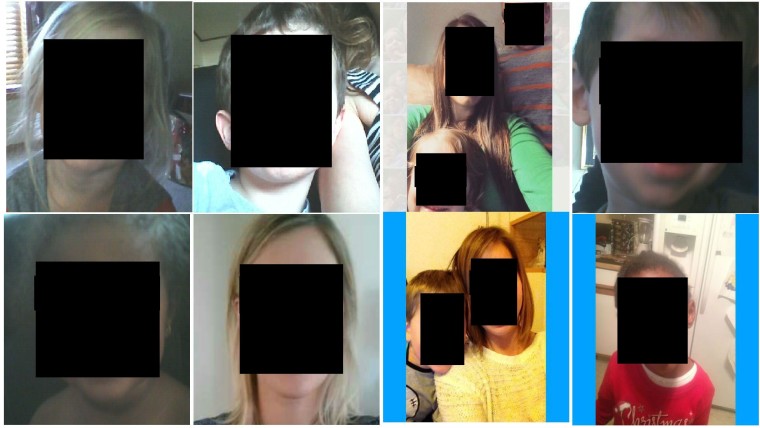
Last week, Chinese manufacturer VTech, which makes toys that are sold around the world, confirmed that it had been hacked, and that data related to around 5 million parents and 200,000 children had been compromised. This week, the hacker himself revealed that the data he was able to access included images of the children and some of their parents, along with chat logs.

Over in Pakistan, BlackBerry has said that it “has no choice but to exit” the market entirely, after the country’s government demanded “unfettered access” to its servers, which would have given it the ability to monitor every email and BBM message sent there.

Meanwhile, in Europe, there was rejoicing among owners of LG’s G4 flagship, as the company began rolling out the Android 6.0 Marshmallow update to that device.
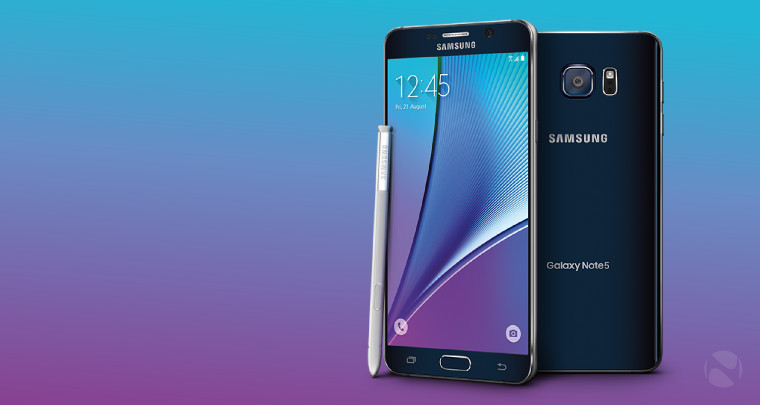
And those in Europe hoping to get their hands on Samsung’s Galaxy Note 5 may also be celebrating soon, as it’s been reported that the device will be available in some EU markets from early 2016.

Samsung announced its new Galaxy A-series handsets for 2016 this week. The mid-range devices –the A3, A5 and A7 – are aimed at buyers who value premium hardware, including metal bodywork and a solid set of specs, without paying top-of-the-range prices.

OnePlus is no stranger to offering high-end hardware at surprisingly low prices, but the company’s ‘invite system’ – requiring users to jump through various hoops and face long waiting times to buy its devices – has always proved immensely frustrating for its customers.
But as it prepares to celebrate its second birthday this month, the company announced that, from this weekend, it will no longer require an invite to buy the OnePlus 2. And until December 7, the recently-launched OnePlus X will also be available invite-free.

OnePlus also announced a rather unexpected new product this week: a protective case for Apple's iPhone 6 and 6s. While that might seem like an odd move, it’s just another effort by the company to try to get people to buy its devices – the $20 iPhone case comes with an invite to buy the OnePlus X.

Over in the UK, Apple was taken to court by a 68-year-old man whose iPhone – including all of his cherished honeymoon photos – was completely wiped with no backups, when he took it into an Apple Store for repairs. Apple maintained that it was entirely the customer’s responsibility to back up the content on his device, but the judge disagreed, describing Apple as “negligent in their treatment of his phone”, and ordering them to pay £1,200 GBP ($1,800 USD) in damages, plus £773 ($1,155) in court costs.

The Apple Store on New York City’s 5th Avenue got a visit from Microsoft Store staff this week, in an effort to spread some Christmas cheer. Microsoft joined the Harlem Youth Choir in a heart-warming rendition of ‘Let There Be Peace on Earth’ outside the Apple Store, after which staff from the two rival companies came together to share hugs in the spirit of the festive season.
_story.jpg)
Microsoft has been working to build bridges with rival platforms in recent months – and it looks like things are going well with the Windows Bridge for iOS (known also as Project Islandwood), which is designed to make it easier for iOS developers to bring their apps to Microsoft’s ecosystem.
In an effort to make that process as smooth as possible, Microsoft posted a detailed guide to getting started with Islandwood.
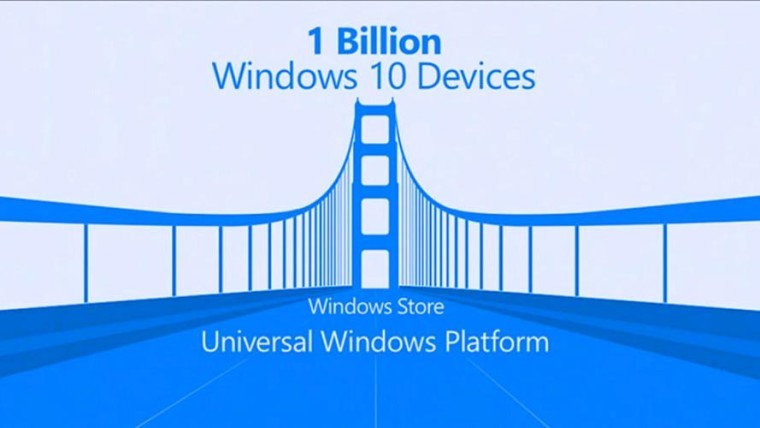
Another app bridge was also made available this week. Microsoft partner Mobilize.net released its tools to help developers transition their Windows Phone 8.1 Silverlight apps to Windows 10.

While work on some of those app bridges is going well, Project Astoria – the Windows Bridge for Android – is not. Indeed, there are indications that efforts on that front have been drastically scaled back, or perhaps even cancelled – and as far as one person is concerned, that would be very bad news.
At a Microsoft shareholder meeting on Wednesday, the company’s former CEO, Steve Ballmer – who remains its biggest individual shareholder – lashed out at its current mobile software strategy, which is driven by its focus on Universal Windows Apps that can run not just on phones, but also across PCs and other devices. After current CEO Satya Nadella reiterated the value of sticking with that strategy as a means to get big companies to develop software for Windows devices, Ballmer interjected by stating tersely that “that won’t work”, and insisted that Microsoft needs “to run Android apps” on its mobile devices.
Ballmer also criticized Microsoft for obfuscating its financial disclosures for its cloud business, referring to its current reporting methodology as “bullshit”.

While Android apps may not be coming to Windows 10 Mobile any time soon, Microsoft has been working on allowing its new smartphone OS to be installed onto existing Android handsets. So far, its efforts have been focused on a single Android device, the Xiaomi Mi 4, and this week – almost nine months after its plans were first revealed – the Windows 10 Mobile ROM for the LTE version of that phone was finally released.

Pre-orders opened this week for the NuAns NEO, a uniquely-styled upper-mid-range Windows 10 Mobile device. In a crowded market, packed with phones that look the same, the NEO may well find favor among buyers looking for something a bit different (and it’s got a decent set of specs too).

On Friday, Microsoft rolled out its latest Windows 10 Mobile Insider Preview, calling it the “first Cumulative Update” to build 10586, which it released last month, and which is currently shipping on its new Lumia devices, that have gone on sale in various markets over the last couple of weeks.
Microsoft also said that, from “early next week”, it will add four new handsets – including its latest flagships – to the Insider Preview Program.

The Lumia 950 and 950 XL are available now in the US – but some potential customers have expressed frustration over the lack of support for Verizon’s network. Verizon said this week that it had chosen not to stock the devices for sale due to “little consumer demand for Windows 10 Smartphones”.
But as for the question of why those devices can’t even access Verizon’s network, the carrier laid the blame entirely at Microsoft’s feet for having made no effort to get the handsets properly certified.

Still, there was good news for people interested in the Lumia 950 and 950 XL in India, where the devices – which both include dual-SIM support there – went on sale on Monday. As in other markets, buyers will get a free Microsoft Display Dock.

It’s been an interesting week for those who like to consider ‘the road not taken’, as we’ve had a glimpse of three devices that were developed by Microsoft, but which ultimately never made it to market.
Last year, the company was working on a new flagship – known by its development codename, McLaren – which featured experimental ‘3D Touch’ technology, and today, new images of the handset were published.
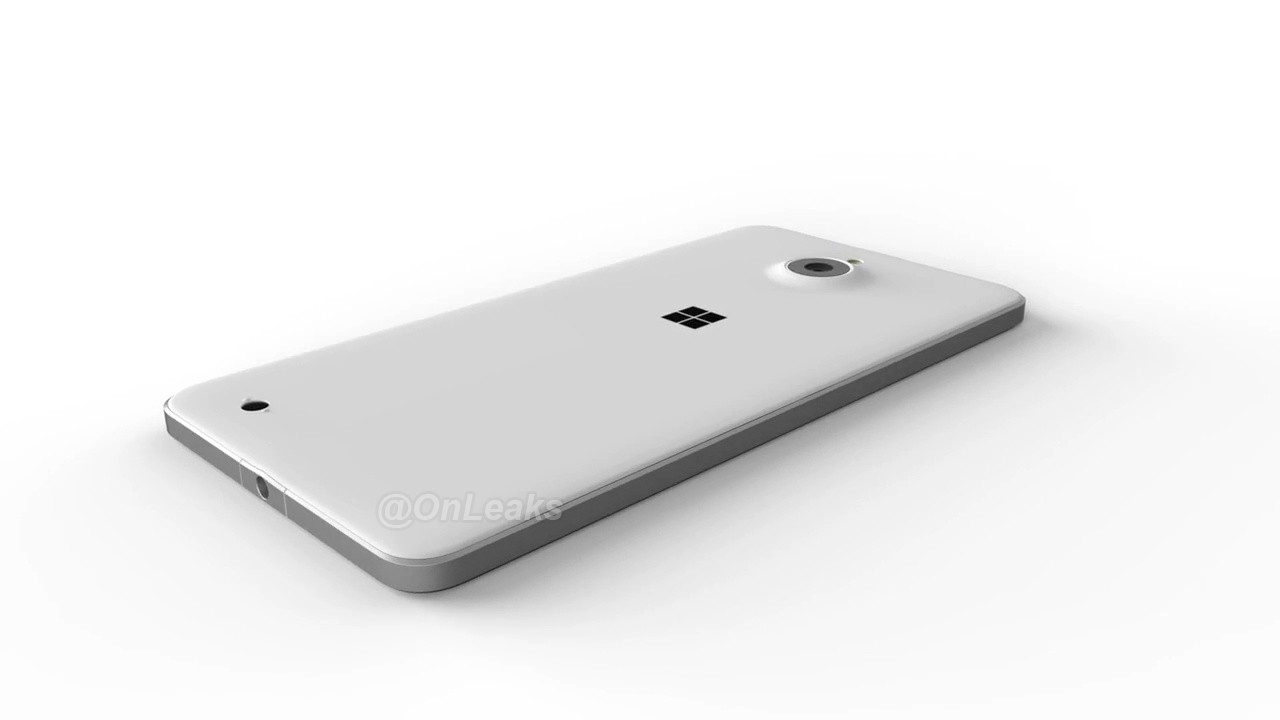
We also got a look at the Lumia 850, codename Honjo, which was cancelled earlier this year – a casualty of Microsoft’s decision to drastically reduce the size of its smartphone range. The device was shown in unofficial third-party renders, based upon insider info, but rumors that Microsoft has reversed its cancellation may prove to be little more than wishful thinking.
And the third device, codename Mercury, was a tablet originally developed under Nokia before its acquisition by Microsoft. Given that (apparently official) Microsoft-branded renders were created, the device may have been close to launch before it too was cancelled.

Meanwhile, further details emerged on Microsoft’s plans to create a new Intel-based phone, which is often referred to (unofficially) as the ‘Surface Phone’. According to a report published this week, the company has ditched its first effort on that front, which was based on an engineering project that began under Nokia.
Instead, it’s said that Microsoft is now starting with a clean slate, with plans to develop a completely new ‘pure-Microsoft’ device led by Panos Panay, the key figure behind development of its Surface tablet range. However, the new handset is not expected to arrive until late 2016.
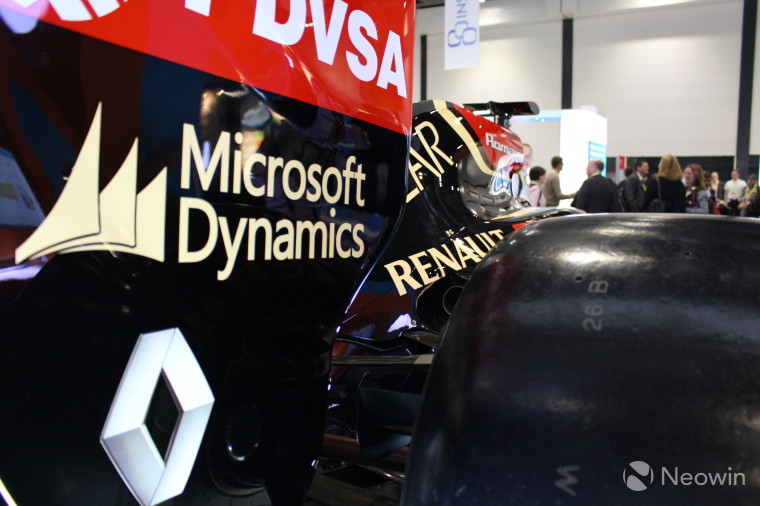
Microsoft released Dynamics CRM 2016, its customer relationship management suite, in 44 languages and 130 markets around the world on Monday. The head of Dynamics CRM, Jujhar Singh, described the new release as “a huge leap forward in our journey to intelligent customer engagement”, promising a broad range of improvements, including deeper Cortana integration.

Microsoft also launched PowerApps for businesses on Monday, allowing organizations to quickly and easily develop apps without the need for highly skilled programmers. The new tools will enable companies to integrate their existing services and systems into the apps that they create, in an effort to kickstart innovation and improve efficiencies in business environments.
_story.jpg)
For folks with much deeper knowledge of software development, Microsoft announced on Friday that its Build 2016 conference will be held in San Francisco once again, from March 30 to April 1.
Microsoft has also invited its community to share their ideas “for how holographic computing will transform our world” with its HoloLens headset. The company will select “the three most viable ideas”, putting them to a final vote on Twitter, and the winning concept will then be created by the HoloLens team.

A lucky few Microsoft employees have been able to try out HoloLens at home, and this week, videos of some of their experiences were published online – including one that showed Halo being streamed from an Xbox One to the holographic headset.

At the Video Game Awards on Thursday, Microsoft announced details of its next DLC update for Halo 5: Guardians, coming later this month.

UK sales of the Xbox One and PlayStation 4 during the Black Friday shopping extravaganza (yep, it’s not just a thing in the US) are said to have topped 300,000 units, and it seems that sales were split almost 50-50 between the two rival consoles.
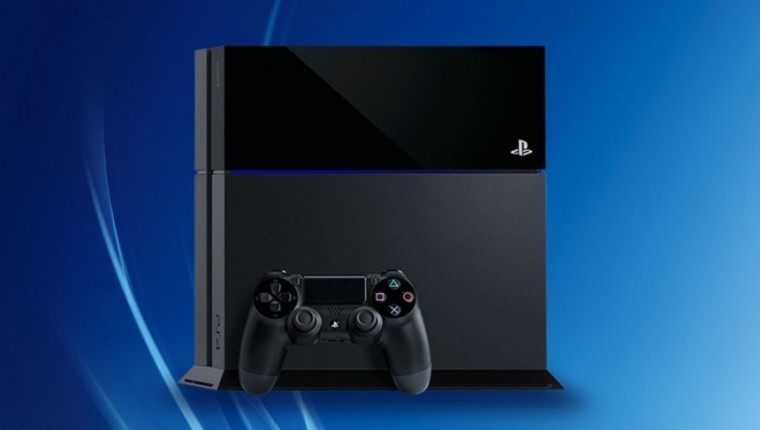
Sony announced availability of the first eight PS2 games available to play on the PS4, but you’ll have to pay between $10 and $15 to purchase them, regardless of whether or not you bought the games on the PS2 when they came out. Among the games on offer are three titles from the hugely popular Grand Theft Auto series.

But if you prefer playing GTA on your PC, you might want to check out The Pinnacle of V – World Enhancement Project for Grand Theft Auto V. More than just a superficial set of visual tweaks, the comprehensive mod pack includes enhancements at just about every level – from an overhauled weather system and more destructible scenery, to redeveloped weapons, and even “in game relationships have been edited between the police, gangs, animals and the player.”

Before we wrap things up for another week, let me first encourage you to check out a few other bits across Neowin that I hope you’ll enjoy.

Timi Cantisano received his new Lumia 950 XL this week, and shared his first impressions of the new range-topping Windows 10 Mobile handset, including a couple of night-time photos, and a short 4K video clip, captured with its camera.

On Monday, I took a long, hard look at Microsoft’s meandering mobile efforts over the years, putting forward the viewpoint that it’s time to stop making excuses for the company, and face up to the reality that there has never been a ‘grand plan’ for Windows Phone, and that even its latest Windows 10 Mobile strategy has some notable flaws.
Not everyone agreed, of course – but it certainly stirred up some interesting discussions in the comments, on Reddit, on Twitter and elsewhere.

And Anthony Tosie published his review of Microsoft’s Band 2, the new, more expensive version of the company’s health- and fitness-focused wearable. But while he found that there was a lot to like about the device, he found that it didn’t quite live up to all of his expectations, particularly on the fitness front.
Enter our GLOBAL GIVEAWAY!

Back in September, we gave away a Microsoft Lumia 640 XL with a 64GB SanDisk Ultra Class 10 microSDXC card – and it turned out to be one of our most popular giveaways ever. For the first in a series of festive giveaways this month, we’re offering you the chance to win them again!
The giveaway is open to our readers around the world. Good luck!
The week ahead
Microsoft’s new Windows 10 Mobile flagships will continue to make their way to new markets across the globe in the days and weeks ahead. Early in the week, Microsoft will also add support for those handsets, along with its Lumia 550 and the LG Lancet, to its Windows Insider Program, allowing users to install preview versions of the OS on those devices for the first time.
As Christmas draws ever closer, we expect to see more juicy deals popping up in the coming days; we’ll keep you posted on any particularly impressive offers that we spot.
And along with the Lumia 640 XL contest, we’ve got more Christmas Giveaways lined up on Neowin, so be sure to stick around for a chance to win some cool stuff!
Along with the usual mix of official news, juicy rumors, and intriguing insights, it should be another exciting week!
As ever, there’s plenty more to read across the site – including loads of interesting discussions over on our forums. From all of us on the Neowin team, have a great weekend!

















2 Comments - Add comment